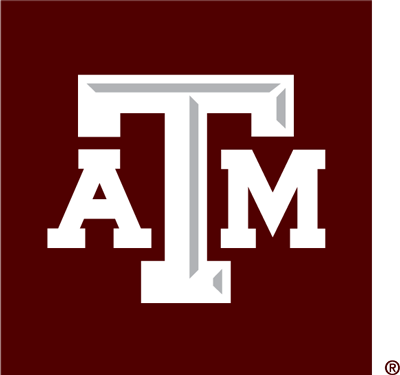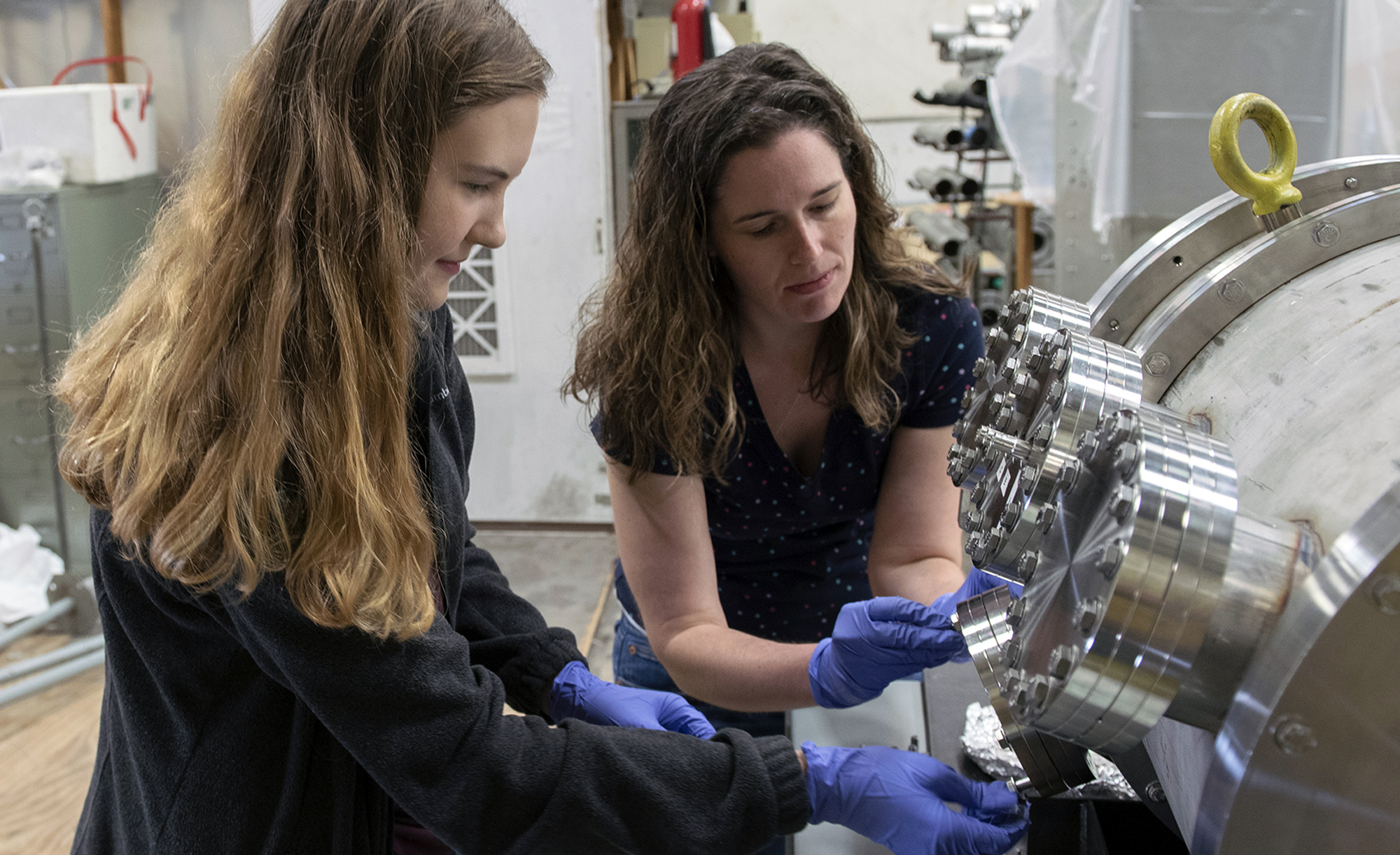
With the 2025 spring semester officially in the books and another graduating class embarking on their next chapters after Aggieland, the Texas A&M University Cyclotron Institute is gearing up for a busy slate of nuclear science outreach and professional development activities throughout the summer.
Nuclear astrophysics is one of the season’s hottest emerging topics, taking center stage at last week’s 2025 IReNA-CeNAM Frontiers in Nuclear Astrophysics Conference, hosted May 19-23 by Ohio University and co-sponsored by the Cyclotron Institute as a platform for researchers in nuclear physics and astrophysics to share their work and collaborate. The National Science Foundation-funded International Research Network for Nuclear Astrophysics connects nine interdisciplinary research networks — including the U.S.-based Center for Nuclear astrophysics Across Messengers — dedicated to harnessing the extraordinarily broad range of experimental and theoretical nuclear physics studies and advanced computational models capable of creating new windows into the physics of the universe. This year’s conference was preceded by the Third Frontiers in Nuclear Astrophysics Summer School, a four-day, IReNA-supported event designed for early career scientists in nuclear physics, astrophysics and astronomy to strengthen their interdisciplinary expertise and connection.
“Nuclear astrophysics is a multi-disciplinary field, and the opportunity for students from around the world to meet both each other and subject-matter experts is vital in building their careers, whether in nuclear astrophysics or related fields in nuclear science, such as radiation effects testing, medical radioisotopes or stewardship of the nuclear stockpile,” said Texas A&M physicist and Cyclotron Institute member Dr. Philip Adsley. “Many of the experimental techniques and nuclear-data needs between these fields have strong overlaps, and building contacts now helps students to transition into research careers.”
Advantageous Research Opportunities
Beginning this week, 17 undergraduate students from across the state and nation are converging on the Texas A&M campus as participants in the 2025 ’Tron Scholars Program, a grant-based umbrella platform spanning three Cyclotron Institute-sponsored programs: the NSF-funded Research Experiences for Undergraduates (REU) program as well as the Department of Energy-funded Texas Research Expanding Nuclear Development (TREND) and Horizon-broadening Isotope Production Pipeline Opportunities (HIPPO) programs. The three respective programs are directed by Texas A&M physicists and Cyclotron Institute members Dr. Michael Youngs and Dr. Larry May and Texas A&M nuclear chemist and Cyclotron Institute assistant research scientist Dr. Lauren McIntosh.
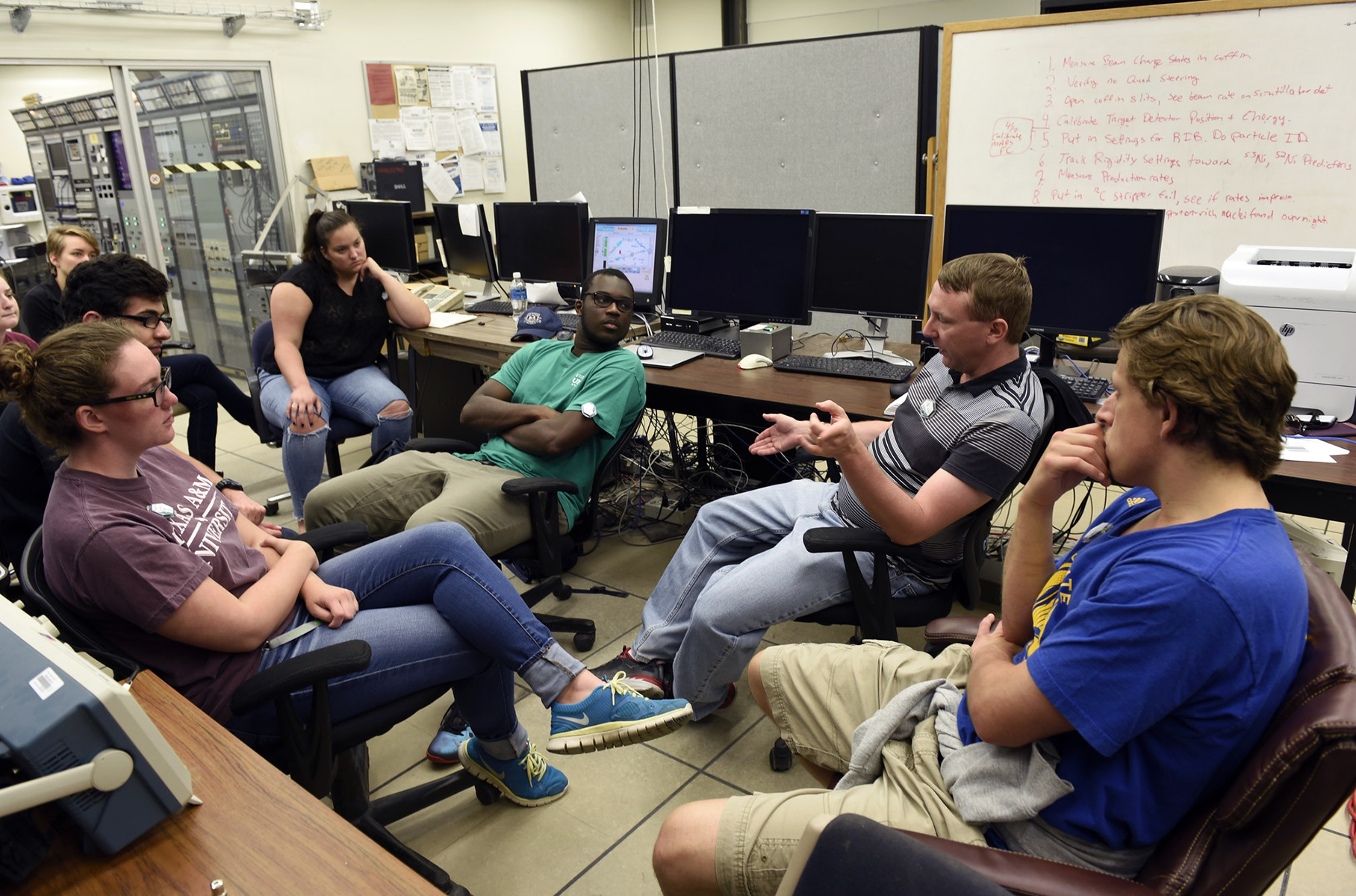
The common goal of all three efforts is the same: exposing young researchers to exciting opportunities to work closely with internationally renowned scientists at a major university-based nuclear facility as well as potential careers in nuclear science and particle physics research. Each ’Tron Scholar receives both a stipend and housing for the duration of the program, which concludes with the opportunity for students to share their work via an oral presentation and poster session. In addition, they are encouraged to apply to attend the Conference Experience for Undergraduates, an undergraduate poster session held each year in conjunction with NSF’s fall Division of Nuclear Physics meeting.
“We have a unique facility that allows Texas A&M undergraduates an experience that very few students could have,” said Texas A&M Distinguished Professor and Regents Professor of Chemistry Dr. Sherry J. Yennello, who serves as director of the Cyclotron Institute. “The ’Tron Scholars Program is our way of making that experience accessible to a wider array of students, some of whom end up coming here for graduate school. Some go elsewhere but take with them a very favorable impression and attitude about Texas A&M.
“In addition to one-on-one mentored research, they get to experience the institute’s day-to-day operations, including the demands inherent in delivering 24/7 beam for research and a radiation effects testing program that is the gold standard for understanding the true impacts of space radiation on electronic systems.”
From Stewardship Science To Isotope R&D
Beyond the ’Tron Scholars Program, June will be dedicated to outreach and recruitment activities related to the DOE-funded Center for Excellence in Nuclear Training And University-based Research (CENTAUR). Yennello is the principal investigator for this seven-institution, Cyclotron Institute-led collaboration dedicated to providing the research experience necessary to develop next-generation leaders in stewardship science for low-energy nuclear science in support of workforce development and research-related needs relevant to the DOE/National Nuclear Security Administration’s stockpile stewardship goals. In addition to hosting three weeks of nuclear science summer camps for middle school students to encourage their interest in STEM and possible nuclear physics-related careers, including those in stewardship science, the Cyclotron Institute is sponsoring the annual CENTAUR Scientific Advisory Committee meeting, set for June 2-5 at Los Alamos National Laboratory. From there, multiple institute researchers will travel to Chicago for the 2025 Stewardship Science Academic Programs (SSAP) Symposium, slated for June 10-11 at Argonne National Laboratory.
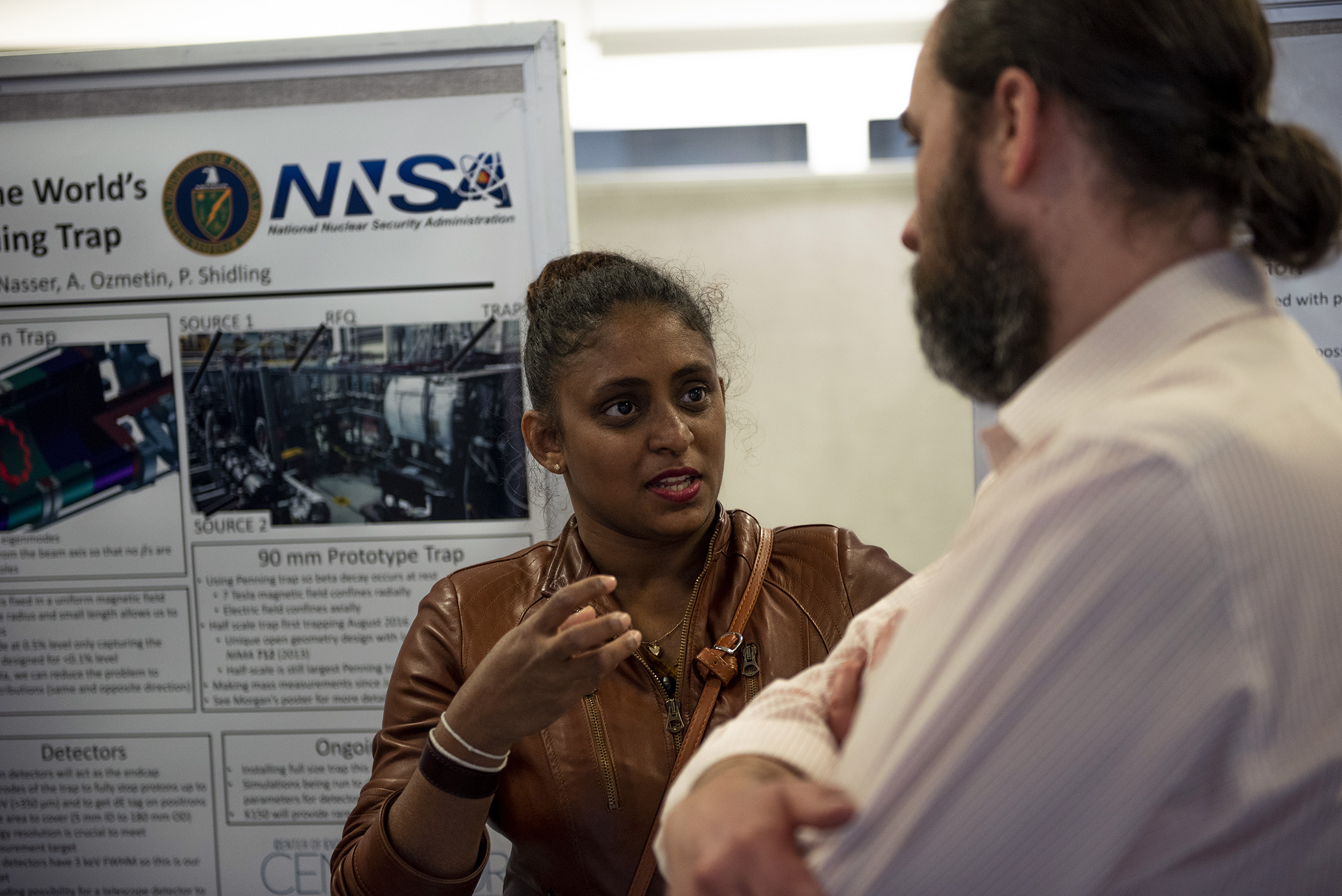
“CENTAUR offers an intellectually stimulating environment for young scientists, providing them firsthand exposure to the personnel and research underway at DOE/NNSA laboratories,” Yennello said. “Opportunities to interact with these scientists while spending time at national laboratories broadens their skillsets and their awareness about the breadth of rewarding careers that are available as part of the NNSA workforce.”
As June transitions into July, the Cyclotron Institute will host additional students from HIPPO, a first-of-its-kind traineeship program in isotope research and development, production and processing involving 17 institutions across the country. Scientists from three national laboratories will come to College Station to teach undergraduate and graduate students about targetry — including an opportunity to irradiate and analyze a target they have produced — during the Cyclotron Institute-hosted HIPPO Campus, set for July 26 - August 2. The HIPPO summer will culminate in the 2025 HIPPOmoot, set for August 3-7 at the University of Tennessee Knoxville and Oak Ridge National Laboratory.
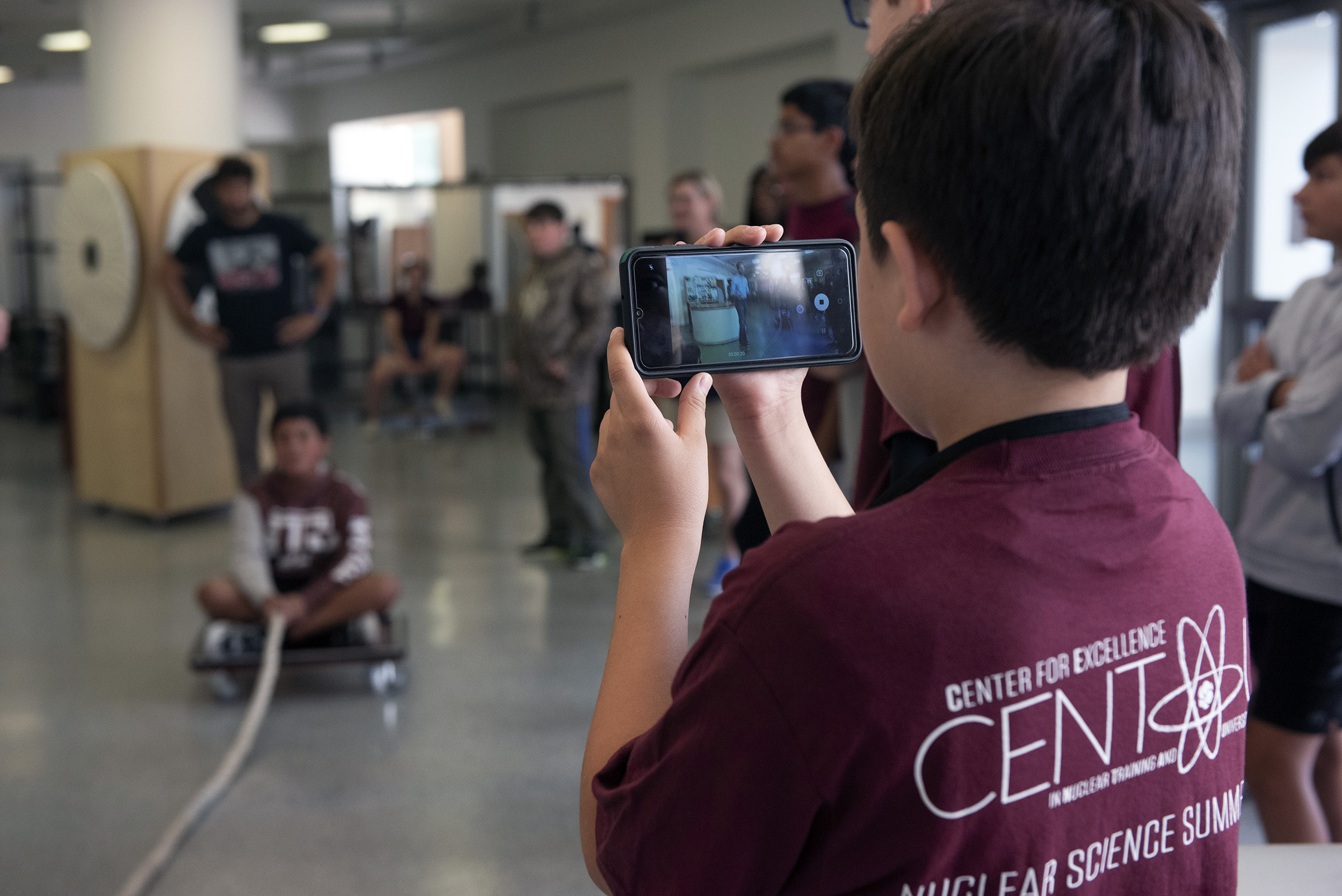
“HIPPO is an exceptional program that leverages support from the DOE Isotope Program and existing collaborations to provide research opportunities for about 25 students per year,” McIntosh said. “The HIPPOmoot brings the students, who have been working at labs across the country, to a single national lab to network and learn. This year, the students will get the opportunity to learn about Oak Ridge’s unique historical and current contributions to isotope production.”
Target: Connection In Community
The Cyclotron Institute will round out the summer slate by hosting two major events — the Low Energy Community Meeting 2025, scheduled for August 13-15, and the Nuclear Target Development Summer School 2025, set for August 15-19. The latter event will be preceded by a spin-off workshop hosted by Texas A&M physicist and Cyclotron Institute member Dr. Jonas Karthein on August 11 and 12.
Each summer, hundreds of members of the international low-energy nuclear physics community gather at LECM for plenary sessions, working groups and workshops, along with status updates at major user facilities including the Cyclotron Institute and perspectives from the DOE and NSF.
“The Low Energy Community Meeting serves as a central national forum for U.S. physicists working in the field of nuclear structure, nuclear reactions, nuclear astrophysics, and fundamental symmetries,” said local organizer Dr. Grigory V. Rogachev, professor and head of the Department of Physics and Astronomy and a member of the Cyclotron Institute. “This forum is traditionally used to bring together the researchers and funding agencies to review the current status of low-energy nuclear science in the U.S. and plan for the future. The meeting is returning to Texas A&M University, one of the national leaders in nuclear science, for the second time in 10 years.”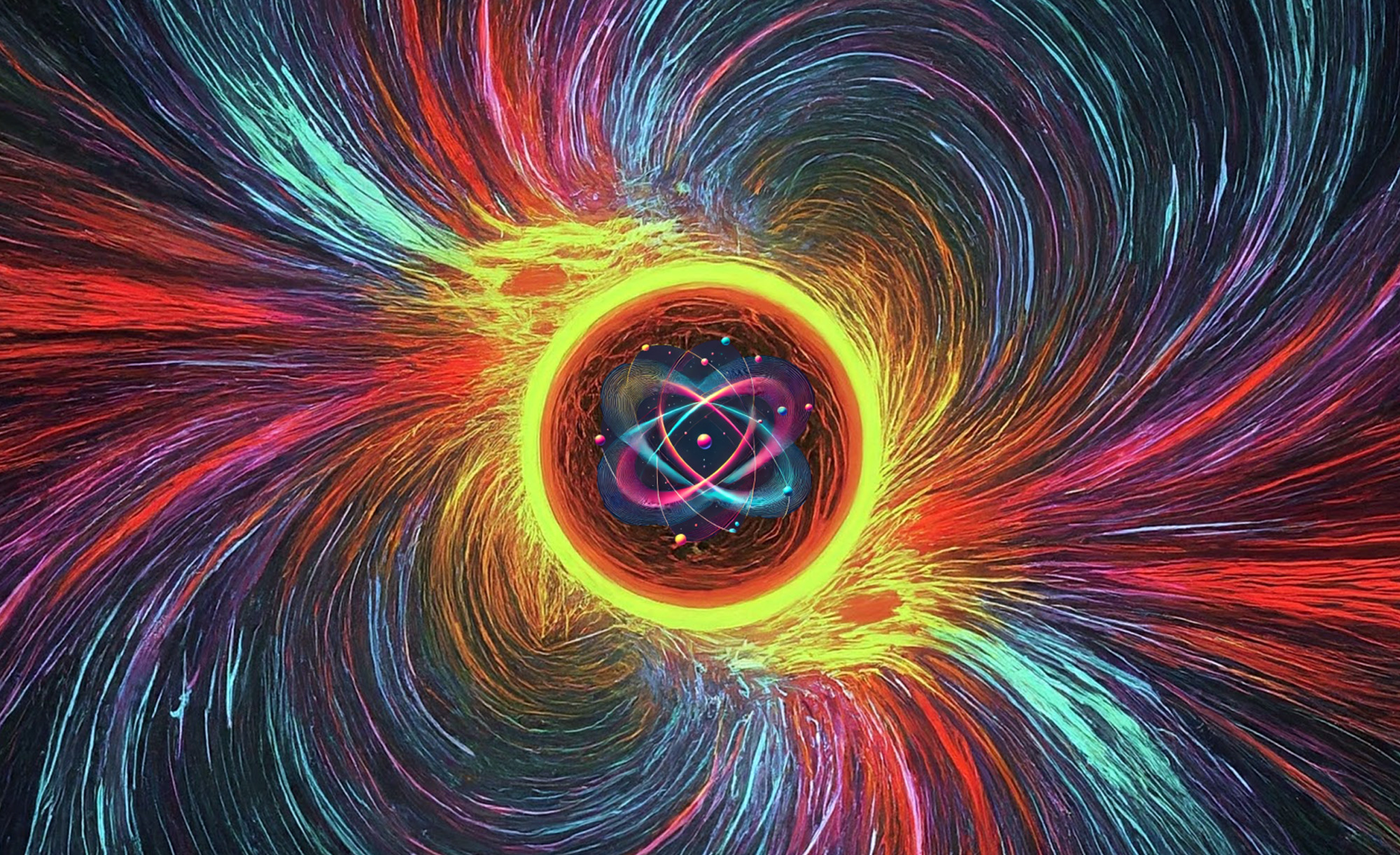
The third annual target school seeks to excite and educate young researchers about the art of target-making through a combination of lectures, group discussions and hands-on activities in which students spend time in small groups within the laboratory, learning about the techniques and instrumentation needed to produce targets for nuclear physics experiments.
“Through these schools, the research community will be able to build our future workforce where little education exists,” Adsley said. “Current and next-generation facilities will continue to increase the complexity and requirements of targets, which keeps the life of a target maker interesting with continuously changing challenges.”
To learn more about any of these events or the Cyclotron Institute’s overall three-part mission of discovery science, workforce development and societal application, visit cyclotron.tamu.edu.
